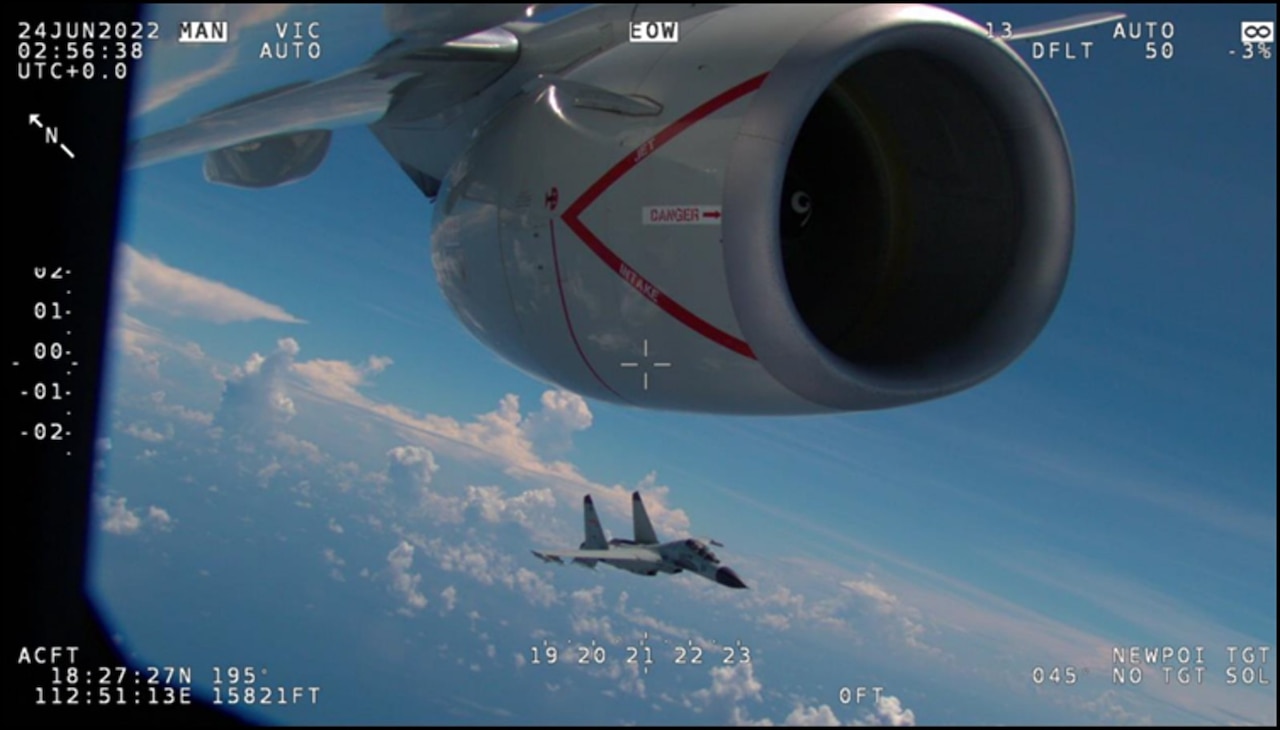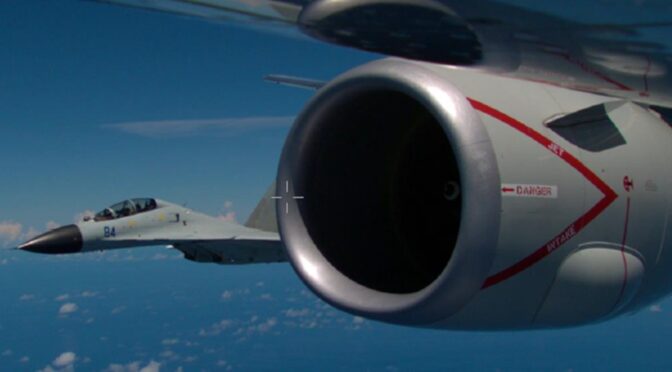By Doug Kettler
In the era of renewed great power competition, calls for reform have resulted from a perception that the U.S. military has lost its warfighting focus.1 However, in this era, warfighting is more than delivering “warheads on foreheads.”2 There is a spectrum of interdependent functions that each organization must cultivate to ensure competitive focus. Joint Doctrine Note 1-19: Competition Continuum states, “Rather than a world either at peace or at war, the competition continuum describes a world of enduring competition conducted through a mixture of cooperation, competition below armed conflict, and armed conflict.”3 Warfighting focus should be reframed as competition focus. The challenge for leaders is to ensure that their organizations understand that the competition is already underway.
The first duty of a military leader is to ensure their unit is prepared for combat. However, when viewed through the lens of the competition continuum, units must also be prepared to conduct operations short of armed conflict. The first practical step leaders can take to emphasize the competition continuum in their organization is to educate themselves on the Joint Force’s shift to the competition continuum and campaigning mindset. Next, study doctrine, contingency plans, and tactical guidance. Stay abreast of exercise after-action reports and lessons learned. Leaders must ensure that they understand how their organization fits into not just the war plan, but the whole competition continuum.
Leaders can then spread their knowledge throughout the organization by emphasizing the competition continuum in daily activities. Leaders must ensure their organizations understand how they fit into other parts of the continuum, and cultivate skillsets related to competing below the threshold of war. These activities may include close encounters with harassing maritime militia and conventional forces, calibrated intervention in tense standoffs between allied and competitor vessels, or engaging in high-profile strait transits and freedom of navigation operations. The competition continuum points to how a wide variety of non-combat related activities have a competitive effect in the operating environment. Therefore, these activities deserve a deliberate measure of emphasis on how leaders prepare their forces.
Daily, routine activities must also be connected to the competition continuum. Educating subordinates on information security pays dividends at all levels of competition. Maintaining ready platforms results in well-kept units that assure partners and intimidate adversaries. Liberty and basing in foreign countries are opportunities for cooperation with allies and partners, and incidents can have strategic consequences. Multi-national exercises expand force capacity in armed conflict. Loading weapons beyond the minimum proficiency requirement is necessary to stress processes and prepare for armed conflict. A professional radio exchange with a potential adversary maintains credibility. All of these activities have a bearing on the competitive environment, and leaders must be able to relate the value of their operational activities to the competition at large.

Leaders are challenged to shift subordinate perspectives to think through normal processes at all levels of competition. Exercises and training must focus on difficult combat scenarios as well as grey zone interactions. Leaders and crews must work with weapons schools and warfighting development centers to stay informed of the latest in tactical development, and to update tactics and procedures for both combat and competition below armed conflict. In addition to training, routine methods of communication, maintenance parts sourcing, and operational security all require scrutiny to ensure functionality throughout the spectrum of conflict. Leaders must plan for and exercise backup procedures to routine tasks ahead of time, so that material and personnel losses do not cripple warfighting capability in the midst of combat. Leaders must never let their organizations feel comfortable with their current processes and warfighting ability, and must inculcate a focus on continuous learning and refinement.
The competition continuum presents a new perspective and a helpful framework that leaders can use to prepare their organizations. Every individual and organization must be prepared to engage at all levels of competition.
Douglas Kettler is a Lieutenant Commander in the U.S. Navy and a P-8A Weapons and Tactics Instructor. He holds a B.A. from the University of California, Los Angeles, and a M.S. from the University of Arkansas. He is currently a student in the College of Naval Warfare at the U.S. Naval War College. His latest operational assignment was as the Operations Officer for Patrol Squadron FOUR ZERO. The views expressed in this article are his own and do not necessarily represent the position of the U.S. Naval War College, U.S. Navy, or Department of Defense.
References
1. Conrad Crane, “Too Fragile to Fight: Could the U.S. Military Withstand a War of Attrition,” War on the Rocks, May 9, 2022, https://warontherocks.com/2022/05/too-fragile-to-fight-could-the-u-s-military-withstand-a-war-of-attrition/. See this article as an example of calls to be more prepared for the changing character of war.
2. Anna Mulrine, “Warheads on Foreheads,” in Air and Space Forces Magazine, (Oct 1, 2008), https://www.airandspaceforces.com/article/1008warheads/
3. Joint Doctrine Note 1-19, (Washington, DC: The Joint Chiefs of Staff, 2019), 2, https://www.jcs.mil/Portals/36/Documents/Doctrine/jdn_jg/jdn1_19.pdf
Featured Image: June 23, 2022 – A PLA fighter jet in the course of conducting a coercive and risky intercept against a U.S. asset in the South China Sea, including by approaching a distance of just 40 feet before repeatedly flying above and below the U.S. aircraft and flashing its weapons. (U.S. INDOPACOM photo)

